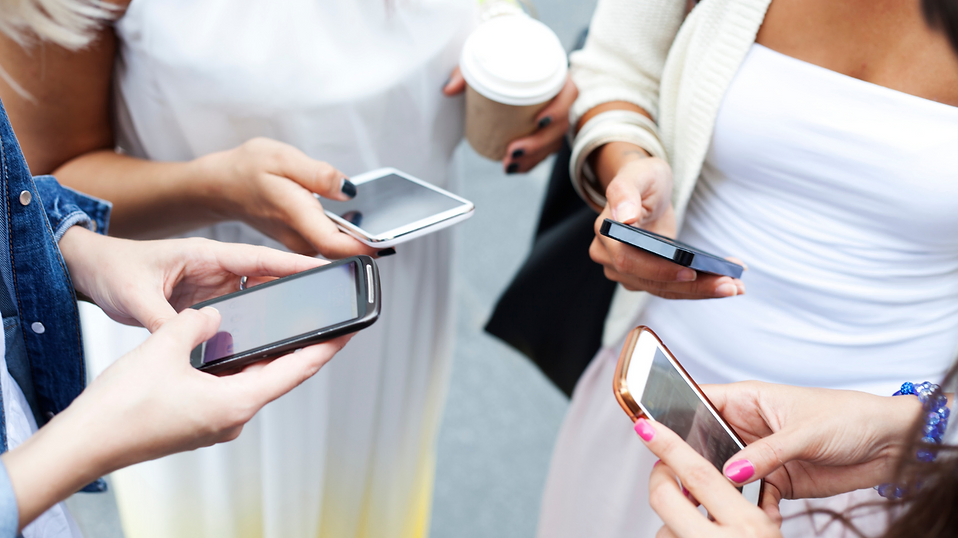What is a P2P payment?

What is a P2P payment?
Whether it’s paying a friend back for coffee, splitting gas money on a road trip or sending your parents your share of the cell phone bill – giving money to friends and family is a task that tends to come up regularly for most people. If you don’t relish the idea of hitting the ATM, carrying your wallet or unearthing your checkbook every time you need to fork over some funds, you don’t need any of those things because P2P payment service very convenient.
P2P Payments, or Peer to Peer Transfers allow the transfer of funds between two parties using their individual accounts or debit/credit cards through an online or mobile app. These payment systems are commonly downloaded as apps on a cellphone but they can also be done on the website. Users can enter their banking account information or their debit/credit card information when they set up their P2P account. These apps allow you to send money to other people – often by searching for their phone number, email address or username – quickly and usually for free. Payment services like these are appealing to many people due to the ease of access, shore processing times, low or no fees associated with their transfer, and transferring only requires your cellphone or mobile device.
Some examples of Peer to Peer Transfer Services include: Venmo, Apple Pay, Zelle®, Google Pay™, PayPal®, and Cash App. All P2P payment services basically work the same, but may have different processing times and fees. If someone sends you money, depending on which service you use, the money may be directly deposited to your bank account or it will be “held” in the app. If the funds are “held” in the app, a person would need to enter their banking information to move the funds into their account. If you choose not to do this, most P2P apps allow you to use the funds to conduct other P2P transactions. For example, if you are sending a friend or family member money, you might be able to send the funds you have “held” in the app directly to the recipient. If you choose to send money that you do not have “held” in the app, the funds would debit your account through your debit card or an ACH payment. As P2P payments become more popular, you may hear someone say, “I’ll Venmo you” or “Ill PayPal you” instead of “I’ll pay you back”.
Are P2P payments secure?
P2P transfer services use encryption to keep data safe and secure. Many companies recommend setting up a multifactor authentication and some allow you to set up a PIN as well. Some P2P services also have a monitoring system to detect unusual activity. However, these services are intended to be used with people that you know and trust, such as family and friends, due to the fact that the transfers are almost instant and some services do not allow you to cancel a transfer after it is submitted. It is not recommended that you use these services when buying or selling items to strangers or someone you do not trust, because getting the funds back can prove impossible.
Is there are chance for fraud?
There is a possibility that some high risk transactions could be conducted through a P2P transfer service, such as money laundering, human trafficking or drug trafficking. These P2P payment service apps have the ability to create transfer limits or disable accounts if suspicious behavior is suspected from a user.
While these services are relatively safe, consumers still need to be aware about their financial decisions on these apps and make wise payments. This is why payments between known family and trusted friends is recommended. Despite the precautions, there is a high number of reports of consumers being scammed by strangers through these types of services.
Some common scams with P2P payments such as scammers promising money in return or that the requested money is necessary for a specific reason such as moving expenses, medical bills or romance scams. Most P2P scams occur when users buy or sell items on the internet to strangers. It has been reported that a scammer will send funds to the seller, wait for the seller to ship the item being sold, and the scammer with retract their payment without the seller’s knowledge or ability to obtain the funds. It can take a few days for the funds to be withdrawn from the sellers bank account – by then, it is too late to get the sold/shipped item back.
#Peer2PeerPayments #P2P #DigitalWallet #MobileBanking #NCFCU #YourCommunityCreditUnion
